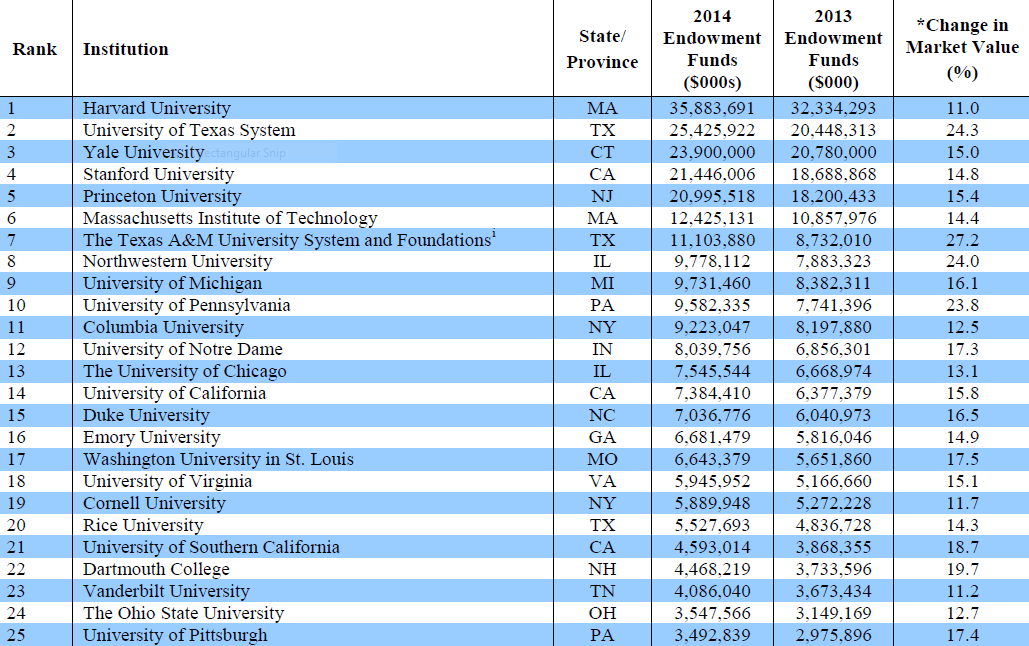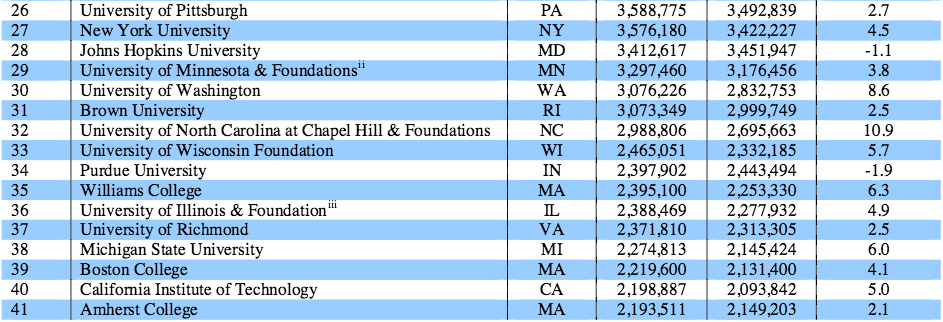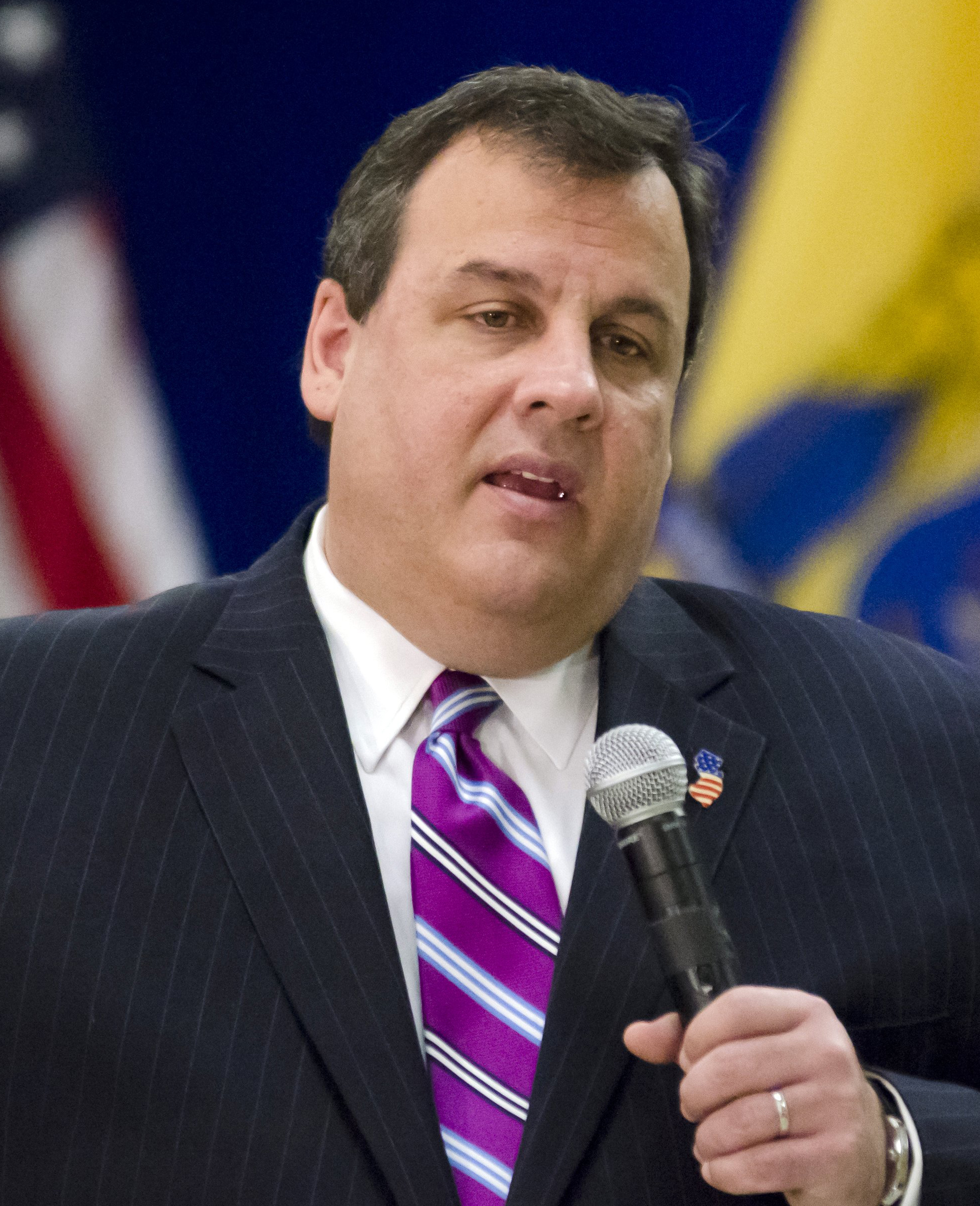
Leo Kolivakis is a blogger, trader and independent senior pension and investment analyst. This post was originally published at Pension Pulse.
Barbara Shecter of the National Post reports, National Bank to write off $165-million investment after Germany shuts down Maple Bank:
National Bank of Canada will take a writedown of $165 million, which represents the full carrying value of its investment in Canadian trading and securities lending firm Maple Financial Group, after authorities in Germany shut down Maple’s business activities there over the weekend.
On Monday, a spokesperson for the Ontario Teachers’ Pension Plan, another minority investor in Maple, said the pension manager is “assessing the current situation,” which stems from an investigation launched last fall into alleged trading-related tax fraud at Maple’s German subsidiary.
Both Teachers’ and National Bank have pledged to repay dividends they received if the allegations are proven.
Montreal-based National Bank has a 24.9 per cent equity interest in Maple Financial Group, a private firm.
“National Bank has advised the German authorities that if it is determined portions of dividends received from Maple Financial Group Inc. could be reasonably attributable to tax fraud by Maple Bank, arrangements will be made to repay those amounts to the relevant authority,” National Bank said in a statement.
Deborah Allen, vice-president of communications at Teachers, said the pension manager “entered into a dialogue with the relevant authorities and gave assurances” about potential dividend repayments “immediately upon becoming aware of the allegations against employees of Maple Bank last fall.”
According to National Bank, which raised $300 million through an equity issue in October and signaled it would be taking action regarding the value of its holding in Maple, the investigation involves “selected trading activities by Maple Bank, and some of its current and former employees” during the 2006 to 2010 tax years.
“The German authorities have alleged that these trading activities violated German tax laws,” National Bank said in a statement, adding that neither National Bank nor its employees were involved in the trading activities, nor are they understood to be the subjects of the investigation.
Rob Sedran, an analyst at CIBC World Markets Inc., said National Bank’s equity raise last fall suggested the write down of its Maple holding “would be required at some point.”
In a note to clients Monday, Sedran said the impact on National Bank after the first-quarter charge should be “immaterial as Maple Financial was contributing less than one per cent to the bank’s earnings.”
According to Sedran, Maple’s businesses include collateralized asset-based lending, credit derivatives, and proprietary trading.
Maple Financial Group is unrelated to Maple Acquisition Group, which bought the TMX in 2012.
Doug Alexander of Bloomberg also reports, National Bank Takes $119 Million Writedown on Maple Bank:
National Bank of Canada said it will write off the full C$165 million ($119 million) carrying value of its stake in Maple Financial Group Inc. after that company’s operations in Germany were limited by regulators amid a tax probe.
The writedown will be included in fiscal first-quarter results reported on Feb. 23, cutting National Bank’s common equity Tier 1 ratio by about 13 basis points, the Montreal-based lender said Sunday in a statement. National Bank, which signaled in October that such a reduction was possible, owns 24.9 percent of Maple Financial, parent of Maple Bank GmbH.
“Beyond the charge this quarter, the earnings impact should be immaterial as Maple Financial was contributing less than 1 percent to the bank’s earnings,” Robert Sedran, an analyst with CIBC World Markets, said in a note to clients. “With no lasting earnings impact, there should be no lasting valuation impact either.”
Shares of National Bank fell 2.5 percent to C$38.83 at 9:54 a.m. in Toronto, the worst performance in the eight-company Standard & Poor’s/TSX Banks Index. The shares have slid 3.7 percent this year.
Tax Probe
Germany’s BaFin financial-services regulator said earlier Sunday that it’s limiting Maple Bank GmbH’s activities on concern the business faces over-indebtedness in the midst of the tax probe. Barbara Fuchs, a spokeswoman for Maple Bank in Frankfurt, said the company can’t comment on investigations.
“These events result from ongoing investigations launched by German authorities in September 2015 focusing on selected trading activities by Maple Bank, and certain of its current and former employees,” National Bank said Sunday. “None of National Bank of Canada and its employees were involved in these trading activities, nor to our knowledge is National Bank of Canada or any of our employees the subject of these investigations.”
Maple Financial is a closely held company based in Canada, whose shareholders also include Ontario Teachers’ Pension Plan, with a 28 percent stake, according to its website. The firm, which was formed in 1986, has more than 260 employees in Toronto, Frankfurt, London and Jersey City, New Jersey, among other locations. Its units include a German bank with branches in Canada and the Netherlands, and broker-dealers in Canada, the U.S. and U.K.
Deborah Allan, a spokeswoman for Toronto-based Ontario Teachers’, said the pension fund has discussed the allegations against Maple Financial with officials, and is “continuing to assess the current situation.”
Maple Bank GmbH has been in business since 1994 and deals in equity and fixed-income trading, repos and securities lending, as well as structured products and institutional sales, according to its website.
Arno Schuetze and Alexander Hübner of Reuters also report, Financial watchdog closes German unit of Canada’s Maple Financial:
German financial watchdog Bafin on Sunday closed the German operations of Canada’s Maple Financial on impending financial over-indebtedness related to tax evasion investigations.
In September, German prosecutors searched offices and residences linked to Maple Bank in a probe of serious tax evasion and money laundering connected to so called dividend stripping trades.
The trades involve buying a stock just before losing rights to a dividend, then selling it, taking advantage of a now-closed legal loophole that allowed both buyer and seller to reclaim capital gains tax.
Bafin said in a statement that once Maple Bank made some necessary tax provisions, over-indebtedness loomed.
Maple Bank said in a separate statement that the requested tax provisions are connected to the ongoing investigations into dividend stripping trades carried out between in 2006 to 2010.
A Maple Bank spokeswoman declined to comment on the amount of the necessary provisions.
German daily Sueddeutsche Zeitung reported on Sunday that Frankfurt prosecutors allege that Maple Bank and its business partners have bilked the taxpayer of some 450 million euros.
The bank has an equity capital of just 300 million euros.
Bafin said in a statement that the lender with 5 billion euros ($5.58 billion) in assets posed no threat to the financial stability of the country.
Despite its small size, Maple Bank shot to fame in Germany in 2008, when the lender helped Porsche in its takeover attempt of Volkswagen, which eventually led to the acquisition of the sports car maker by Europe’s leading car manufacturer.
Maple Bank specialises in equities and derivatives trading and as of Feb. 4 had 2.6 billion euros in liabilities mainly with institutional clients.
Bafin said it has barred Maple Bank from continuing its business to safeguard its assets.
While deposits of up to 100,000 euros are safeguarded by Germany’s deposits protection scheme, up to 60 million euros per client will be covered by Germany’s banking association’s guarantee fund if Bafin declares the bank an indemnification case, a spokesman for the bank lobby group said on Sunday.
Maple Bank is owned among others by the National Bank of Canada and the Ontario Teachers’ Pension Plan.
There were warnings that something was brewing with Maple Financial’s German subsidiary in October last year when Ross Marowits of the Canadian Press reported, Teachers’ Pension Plan, National Bank watching legal problems facing Maple investment:
Legal problems facing the European subsidiary of Maple Financial Group is creating uncertainty for two of its largest investors — the Ontario Teachers’ Pension Plan and the National Bank of Canada.
National Bank (TSX:NA) says its investment — which had a carrying value of $165 million as of Aug. 31 — was at risk for big losses because of allegations of tax irregularities between 2006 and 2010 in Germany against Maple Bank GmbH.
“Given the seriousness of the reported allegations and the actions which may be taken by German regulatory authorities . . . National Bank considers its investment at risk of substantial loss,” Canada’s sixth-largest bank said in a news release.
The bank holds a 24.9 per cent interest in Toronto-based Maple, just behind the 28 per cent state held by Teachers’, the country’s third-largest pension fund manager.
Vancouver’s Chan family owns 29 per cent, while Maple management and employees hold 13 per cent, with the remaining five per cent scattered among a number of investors, according to Maple’s financial report.
Teachers spokeswoman Deborah Allan said the fund manager was “closely monitoring any developments, but (we) are not commenting on the investment.”
Maple Financial Group is unrelated to Maple Acquisition Group, which bought the TMX in 2012.
Founded in 1986, Maple Financial changed its name in 1997 from Financial Products Group of First Marathon Inc. It had 3.75 billion euro of net assets as of Sept. 30, 2014.
The Office of the Superintendent of Financial Institutions (OSFI), which regulates federally registered banks, trusts and private pension plans, said it was aware of Maple’s situation but was not permitted by legislation to say if it was investigating.
National added Maple in 1999 as part of its $712-million acquisition of brokerage firm First Marathon. It was merged with National subsidiary Levesque Beaubien Geoffrion Inc. to form National Bank Financial.
The bank issued the warning about its Maple investment Thursday afternoon as it announced a restructuring that will see the elimination of several hundred jobs, mainly in Quebec.
It also announced that it expects to raise $300 million in gross proceeds after issuing 7.16 million shares to a syndicate of underwriters led by National Bank Financial.
“In an environment of low economic growth and high technological transformation, we feel that additional efforts to improve efficiency and processes, as well as adding to our excess capital cushion, are the right steps to take,” said CEO Louis Vachon.
The bank said Maple contributed less than one per cent to its annual profits in each of the last two years. A full writedown would reduce its Tier 1 capital ratio by about 13 basis points.
What are my thoughts on all this? First, this isn’t something that looks good for the National Bank or Ontario Teachers’ Pension Plan. Both these organizations pride themselves on “cutting edge due diligence” on external hedge funds but they obviously weren’t monitoring the operations at this German subsidiary very closely.
Second, the National Bank says none of their Canadian employees were involved with these trading activities but if they had any knowledge of what was going on, there could be legal ramifications (ie., heavy fines) in the future. Right now, it’s an $165 million write down and 13 basis points off its Tier 1 capital, which is a hit but nothing the bank can’t handle. However, if Bafin proves that the National Bank was aware of these trading activities and turned a blind eye to these trades, it could impose additional fines.
Third, this is the type of stuff that keeps the board of Ontario Teachers’ up at night. OTPP’s chairman of the board, Jean Turmel, was previously president of Financial Markets, Treasury and Investment Bank at the National Bank and he knows its CEO Louis Vachon extremely well (they’re friends). I can guarantee you there are a lot of tough questions being asked at Teachers’ and the National Bank in regards to this screw-up.
Fourth, Ontario Teachers’ CEO Ron Mock knows all about harsh hedge fund lessons due to operational blowups. The last thing he needed was to find out news of shady tax evasion going on at the German subsidiary of a company Ontario Teachers’ owns a 28% stake in. That $185 million write down is going to hurt Teachers’ value added in 2016 and that is a huge sum to lose in a brutal environment where every basis point counts.
Now, it’s entirely possible and very likely that Louis Vachon, Ron Mock, Jean Turmel and the rest of the employees at the National Bank and Ontario Teachers’ had no idea of what was going on at Maple Financial’s German subsidiary. This beckons the question: What did Maple Financial’s senior managers in Toronto know and how did they not discover this illegal trading earlier? This is a huge operational screw-up on their part.
I met with representatives of Maple Financial a long time ago in Toronto. I thought very highly of them but it goes to show you even the most sophisticated shops drop the ball at times and this certainly doesn’t look good for them, the National Bank or Ontario Teachers.
And just to be clear, every major bank in Canada has had issues in the past. Some of them we hear about, others are brushed under the carpet. It took me less than 30 minutes to figure out Norshield Financial was a Ponzi scheme back in 2002 and yet the Royal Bank was allowing brokers to invest in this laughable “fund of funds” back then. What a joke!
This case should serve as a wake-up call to all the banks and Canadian pension funds investing in businesses. When you invest in businesses, you invest in people and you better make sure their operations are kosher because if they’re not, you’re in for a nasty surprise down the road.
Another thing that crossed my mind as I was writing this comment was whether German tax authorities wanted to stick it to Canadian banks and pension funds following PSP’s skirting of foreign taxes which embarrassed the Canadian federal government and German tax authorities. Trust me, I’m sure that had something to do with all this even though Germany’s Bafin will deny it.
Lastly, please note apart from naming Graven Larsen as its new CIO, Ontario Teachers’ recently made some important changes to its senior managers. You can read about these changes here.
Also, Ron Mock appointed Barbara Zvan to Senior Vice-President, Strategy & Risk and Chief Investment Risk Officer. Ms. Zvan reports to the CEO and leads the Strategy & Risk team in supporting the Plan Sponsors in plan design decisions and the Board in determining appropriate benchmarks and risk appetite. In addition, Ms. Zvan drives the responsible investing and climate change risk management and strategy for the Plan.
Teachers’ even posted a nice picture of Barbara Zvan, all smiles:
I’ve never met her (just spoke to her once) but have heard nothing but good things about her and Wayne Kozun from Leo de Bever. This also shows that just like CPPIB, OTPP is taking gender diversity seriously, but it too needs to do a lot more in terms of workplace diversity at all levels of the organization, and start hiring disadvantaged groups like people with disabilities.
Trust me, despite what Jean Turmel told me once, people with disabilities work just as hard, if not harder to overcome prejudices, and they can handle the stress of trading these crazy schizoid markets! (Still, Turmel was right about one thing, always manage your downside risk!!).
Was Barbara Zvan responsible for knowing what was going on at Maple Bank in Germany? Of course not but somebody somewhere dropped the ball and I’m blaming Maple’s Toronto office more than anyone else.
But one thing is for sure, this is the last thing Ontario Teachers’ or the National Bank needed to deal with at a time when markets are brutal and every gain or loss has an impact on the bottom line.
Photo credit: “Canada blank map” by Lokal_Profil image cut to remove USA by Paul Robinson – Vector map BlankMap-USA-states-Canada-provinces.svg.Modified by Lokal_Profil. Licensed under CC BY-SA 2.5 via Wikimedia Commons













